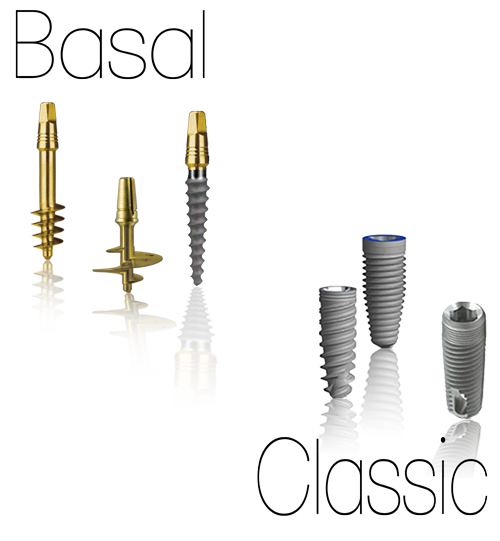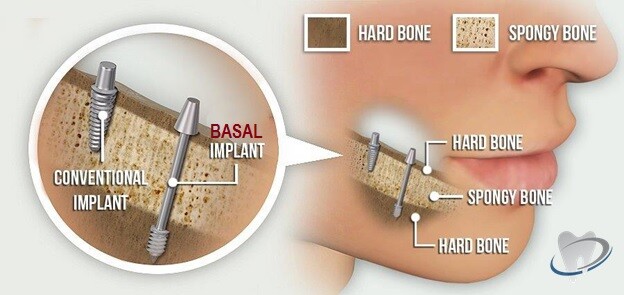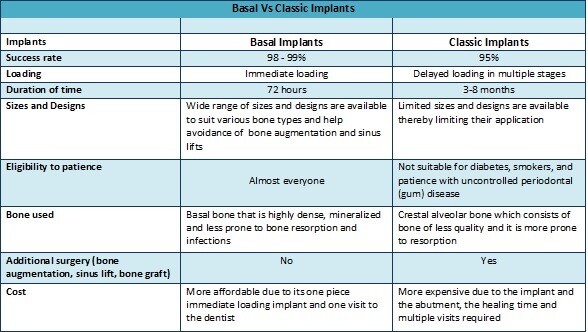Dental implants are modern dentistry’s best option for replacing one or several missing teeth that look and feel like natural teeth. Dental implants are considered the best form of tooth replacement compared to the more traditional dentures. They provide a highly successful and long-lasting substitute that becomes part of the jawbone and helps maintain its health. A dental implant is comprised of a small titanium post that will act as an anchor to a porcelain crown or bridge (artificial tooth) that is customized to fit perfectly in the mouth. There are millions of people worldwide who have a better quality of life because of dental implants.
Who is a candidate for dental implants?
A candidate for a dental implant is anyone who has lost teeth. It is important that a person is in good health, however, there are some conditions and diseases such as diabetes, cancer, radiation to the jaws, smoking, alcoholism, or uncontrolled periodontal (gum) disease that prevent from a usage of classical dental implants because it can affect whether dental implants will fuse to the bone. This is the area where Basal Implants are the new revolutionizing dental implants that can be used for all these categories.
Look of the implants
Classic Dental Implant can be two or three piece implants consisting of the implant and the abutment. If the abutment is secured with a screw onto the implant, then it is considered to be a three piece implant.
On the other hand, Basal implants are one piece implants in whereas the implant and the abutment are fused into one single piece. This minimizes failure of implants due to interface problems between the connections which exist in conventional implants.

Location of Classic and Basal Implants
The Classic Implants are positioned in the crestal alveolar bone which consists of bone of less quality and it is more prone to resorption. This type of bone is lost after teeth are removed and decreases through life.
The Basal Implants are inserted into the basal bone that is less prone to bone resorption and infections. The bone is highly dense, mineralized and offers an excellent support to implants and a long lasting solution for tooth loss. The basal bone is always present throughout life.

Procedure and time length
Classic Dental Implants have to modify the available bone by using bone – grafts and bone substitute grafts to suit the implants. There is a waiting time period of 3-6 months for the implants to “heal” therefore multiple trips to the dentist are required resulting in higher cost.
The Basal Implants avoid bone augmentation / grafting, sinus lifts and nerve trans-positioning. They are unique because they can be made to utilize the available bone in the best possible manner. There is no waiting time, Basal Implants are loaded immediately and the patient can be given the crowns or bridges the next day. The process of full mouth restoration can be done in only 72 hours with no need of coming back.
Comparison Table

